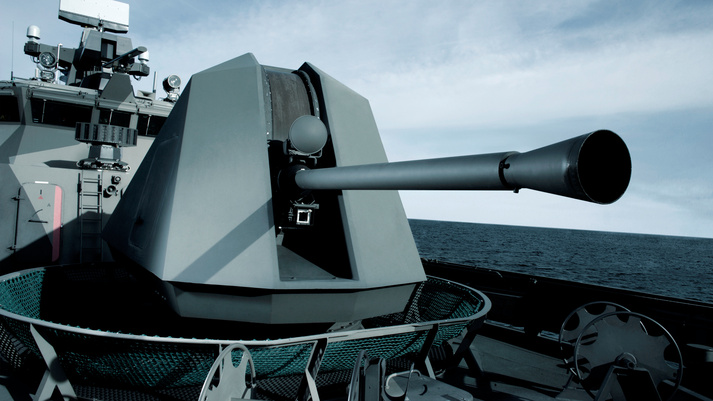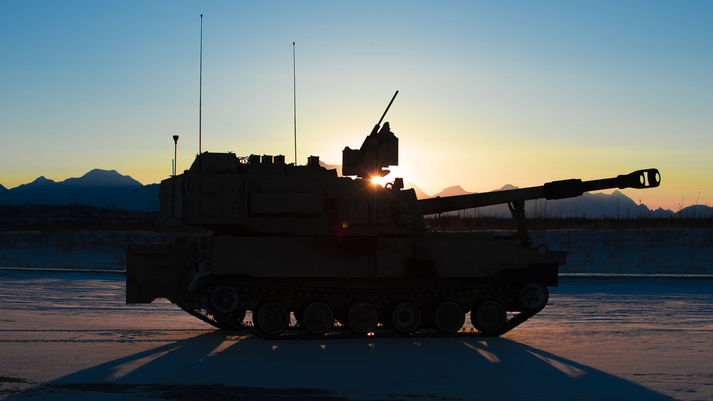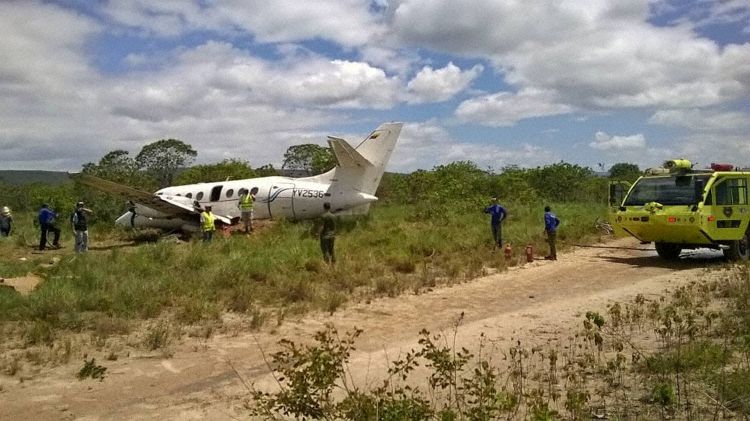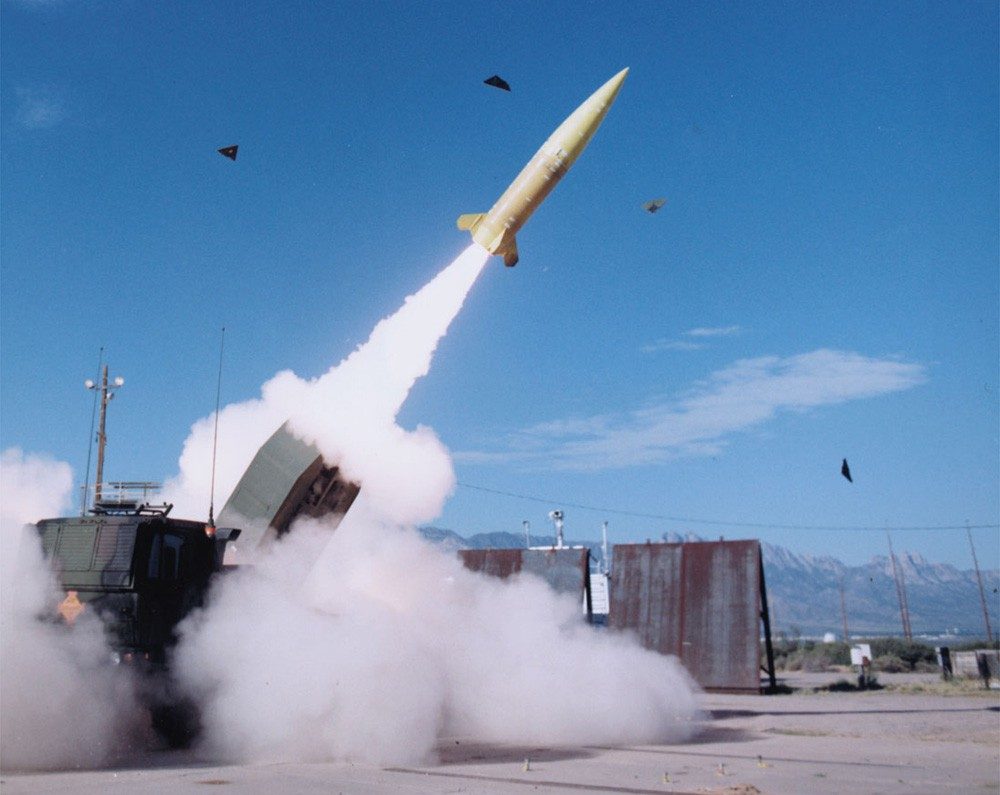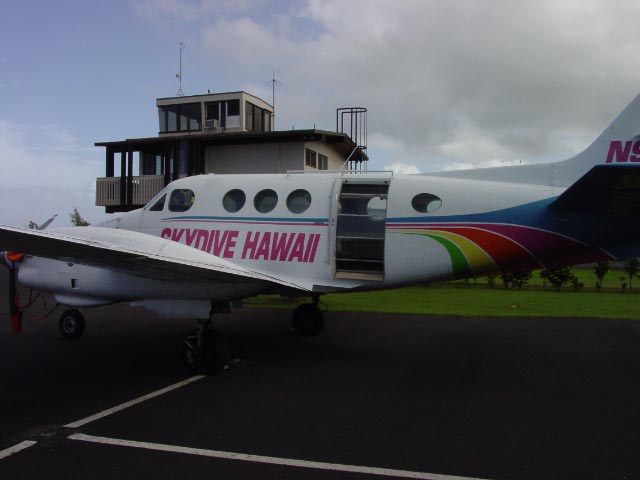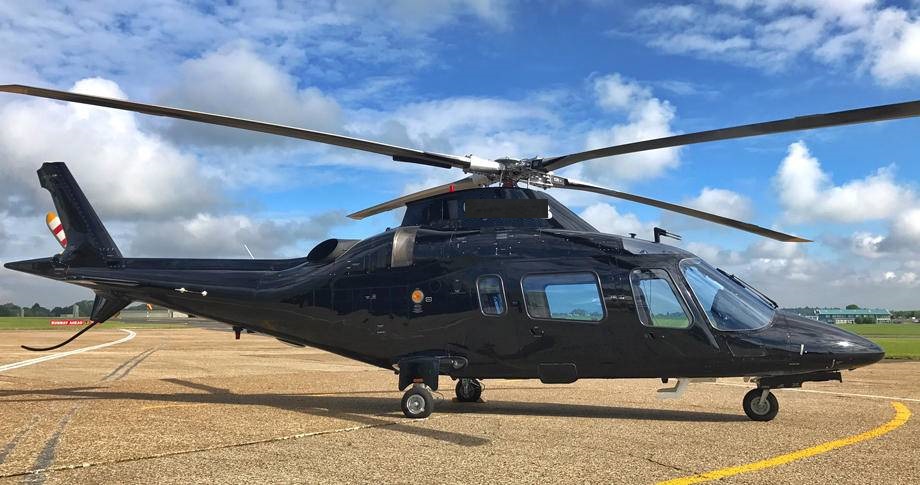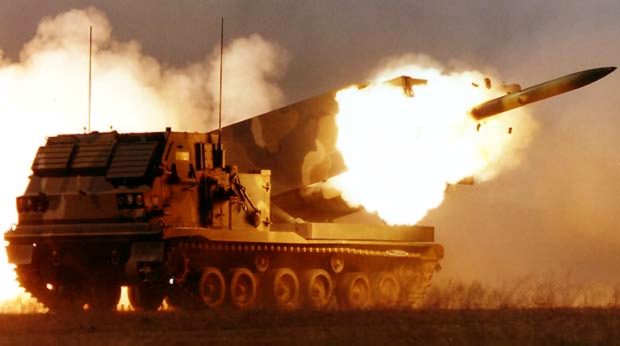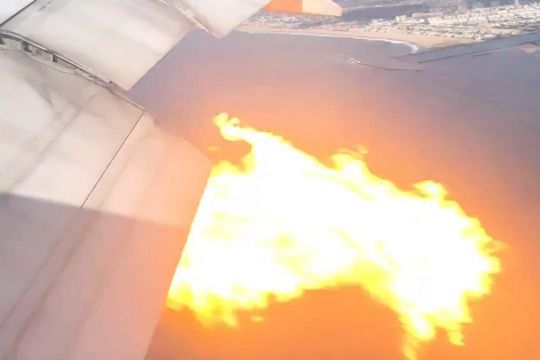
* All 347 passengers, 18 crew members safe – airline
* Flames, smoke came out of right engine – video
* Cause of engine failure not yet clear (Adds Boeing comment in 9th paragraph)
Nov 21 (Reuters) – A Philippine Airlines flight bound for Manila suffered an apparent engine failure on Thursday shortly after takeoff from Los Angeles and made an emergency landing, authorities said.
All 347 passengers and 18 crew aboard Flight 113, a Boeing Company 777 widebody, are safe, an airline spokeswoman said.
Pilots of flight 113 declared an emergency and reported a possible engine failure, Los Angeles International Airport said.
A witness on the ground described “bursts of flames” coming out of an engine.
The U.S. Federal Aviation Administration said the plane returned and landed safely. Television station ABC-7 in Los Angeles aired video of the aircraft after takeoff that showed flames and smoke coming out of the right engine.
The plane landed around noon local time (2000 GMT) and was met by the Los Angeles Fire Department, the airport said. The emergency landing did not affect other flights.
Although the cause of the apparent engine failure was not immediately clear, it comes as Boeing faces intense scrutiny over twin deadly crashes involving its 737 MAX single-aisle jetliner. The 737 MAX has been grounded worldwide since March.
GE Aviation, a subsidiary of General Electric, which makes the GE90 engine for the 777 twin-aisle jetliner, said it was aware of the incident and was “working with the airline to determine the cause of the event and to promptly return the aircraft to service”.
Boeing said it was aware of an incident regarding Philippine Airlines and was closely monitoring the situation.
“You saw bursts of flames, little flames shooting out from the engine,” said Andrew Ames, a 36-year-old fitness professional in Los Angeles, who watched as the 777 ascended over the ocean after takeoff. “It almost looked like backfire flames from a motorcycle or car.”
“I had never seen a plane spew flames repeatedly. Then it stopped. As soon as it stopped, I saw the plane bank left, like it was heading back to airport,” Ames said.
The Philippine Airlines spokeswoman said the flight crew noticed smoke in the plane’s second engine, declared an emergency and returned safely to the airport.
“All passengers are safe and sound,” spokeswoman Cielo Villaluna said. “They are all being assisted to another flight.”
(Reporting by David Shepardson in Washington, additional reporting by Eric M. Johnson in Seattle, Martin Petty in Manila and Jamie Freed in Hong Kong; editing by Jonathan Oatis, Rosalba O’Brien, Himani Sarkar and Gerry Doyle)



